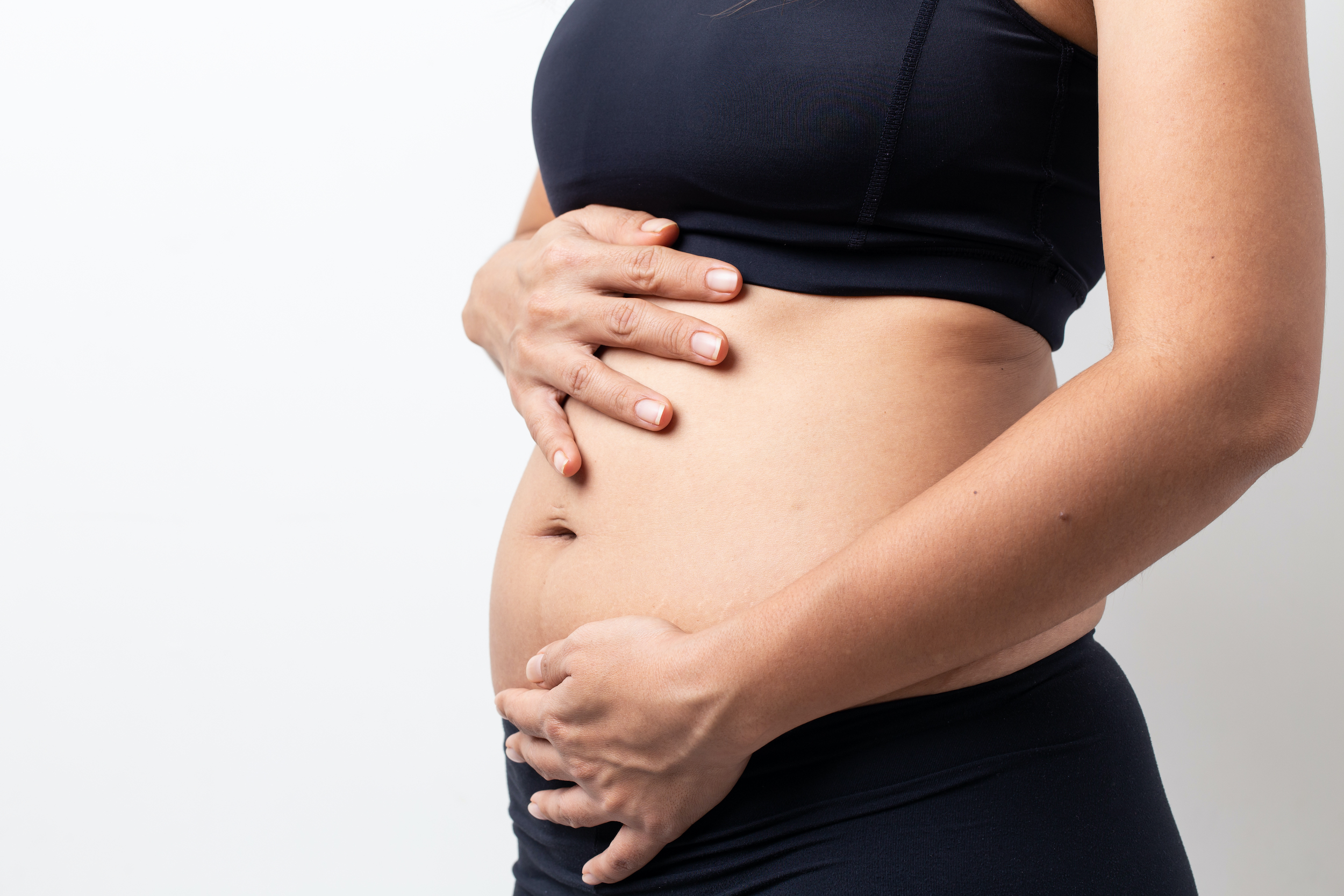Different Treatment Modalities For Fibroids

Uterine fibroids are common benign growths in your uterus that usually do not cause symptoms. But when they do, symptoms may lead to severe discomfort or distress.
Dr. Pamela Snook is a renowned women’s health specialist providing comprehensive care and helping treat fibroids, thereby reducing the symptoms.
Fibroids- Introduction
Fibroids are abnormal growths made of muscle and tissue that form in or on the wall of your uterus. These growths are most often noncancerous (benign) tumors that occur in women during the childbearing years.
Though the exact cause of fibroids is not known, there are certain risk factors that increase your likelihood of developing one:
- Family history of fibroids
- Obesity
- Increased consumption of red meat
- Early onset of menstruation
- Late menopause
Clinical presentation of fibroids
Smaller fibroids usually do not cause any symptoms and don’t require treatment. However, larger fibroids present with the following clinical features:
- Heavy and painful bleeding during menstruation
- Abdominal floating
- Bleeding in between periods
- Frequent urination
- Painful sex (dyspareunia)
- Lower back pain
- Constipation
- Chronic vaginal discharge
- Unable to empty the bladder completely
- Increased abdominal distention
If you suspect a fibroid due to any of the following symptoms, seek medical help. Your doctor will evaluate your condition through a pelvic examination and diagnostic tests like ultrasounds or MRIs to determine the exact size and location of the fibroid.
Intervention strategies for fibroids
Management and treatment for fibroids depend on the size of the growth and the severity of your symptoms.
Watchful waiting
Mild fibroids usually do not require treatment, and doctors suggest periodic monitoring to check if the growths reduce in size.
Conservative methods
These methods help to treat moderate-sized fibroids that do not resolve on their own. They can be treated through medications that include:
- Prescription painkillers
- Birth control pills
- Gonadotropin-releasing hormone (GnRH)
- Oral therapies to manage bleeding
Surgical intervention
Surgical methods to relieve symptoms include:
- Myomectomy: Surgical removal of fibroids that is usually recommended if you have future plans of getting pregnant. These include:
- Hysteroscopy: Removal of fibroids using a special scope with a camera, inserted through your vagina or cervix
- Laparoscopy: Removal through multiple small incisions, guided through a laparoscope
- Laparotomy: Removal through a single large incision
- Hysterectomy: Surgical removal of the uterus to prevent fibroid recurrence. This is recommended if you do not have any future plans for pregnancy.
- Uterine fibroid embolization: Procedure to block the uterine artery to halt the blood flow to the fibroids to shrink them.
- Radiofrequency ablation: An effective method to treat small-sized fibroids through microwave (radiofrequency) energy.
Fibroids are common growths occurring in women during their childbearing years. Larger fibroids can cause debilitating symptoms, thus seeking immediate medical assistance can improve your quality of life.
